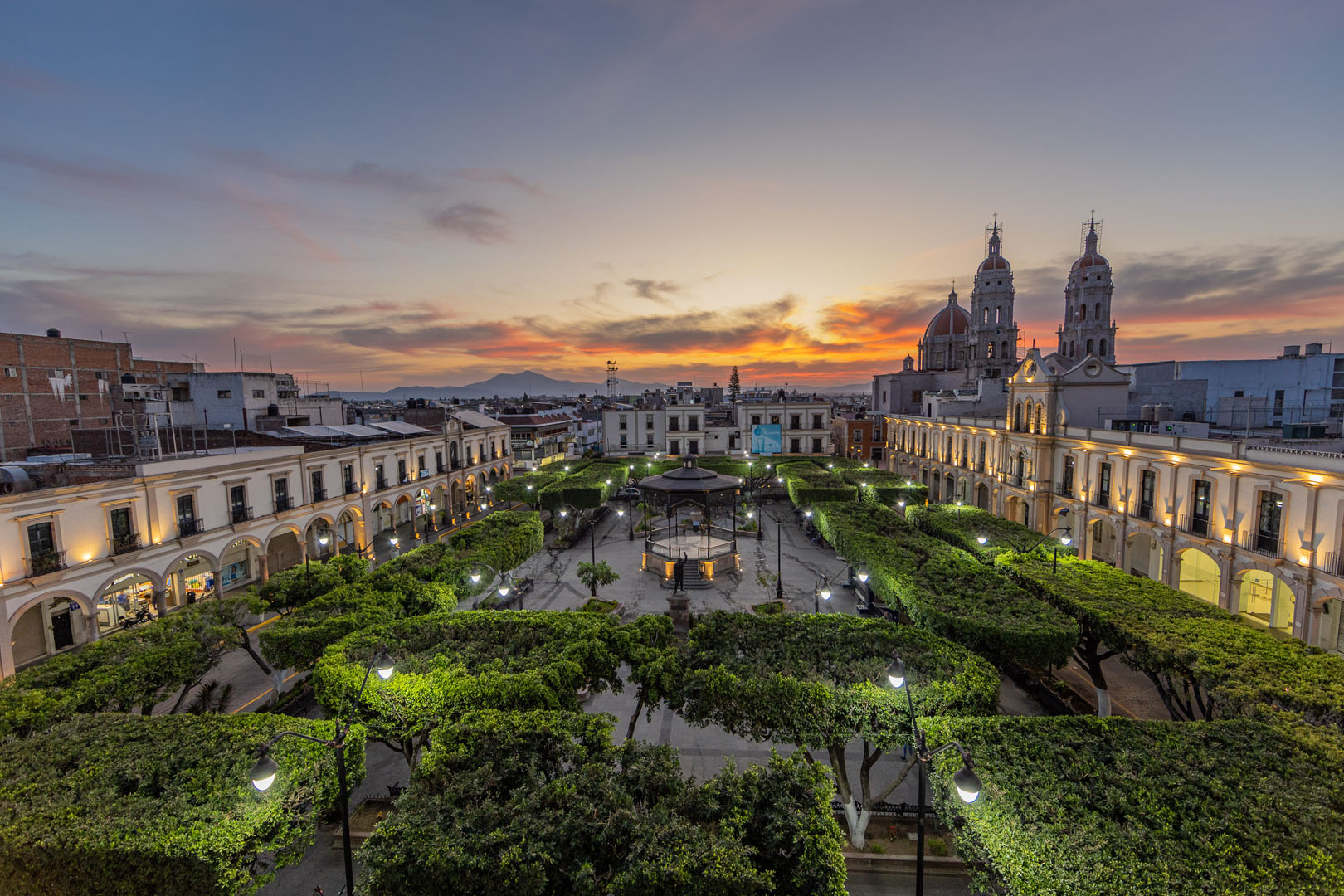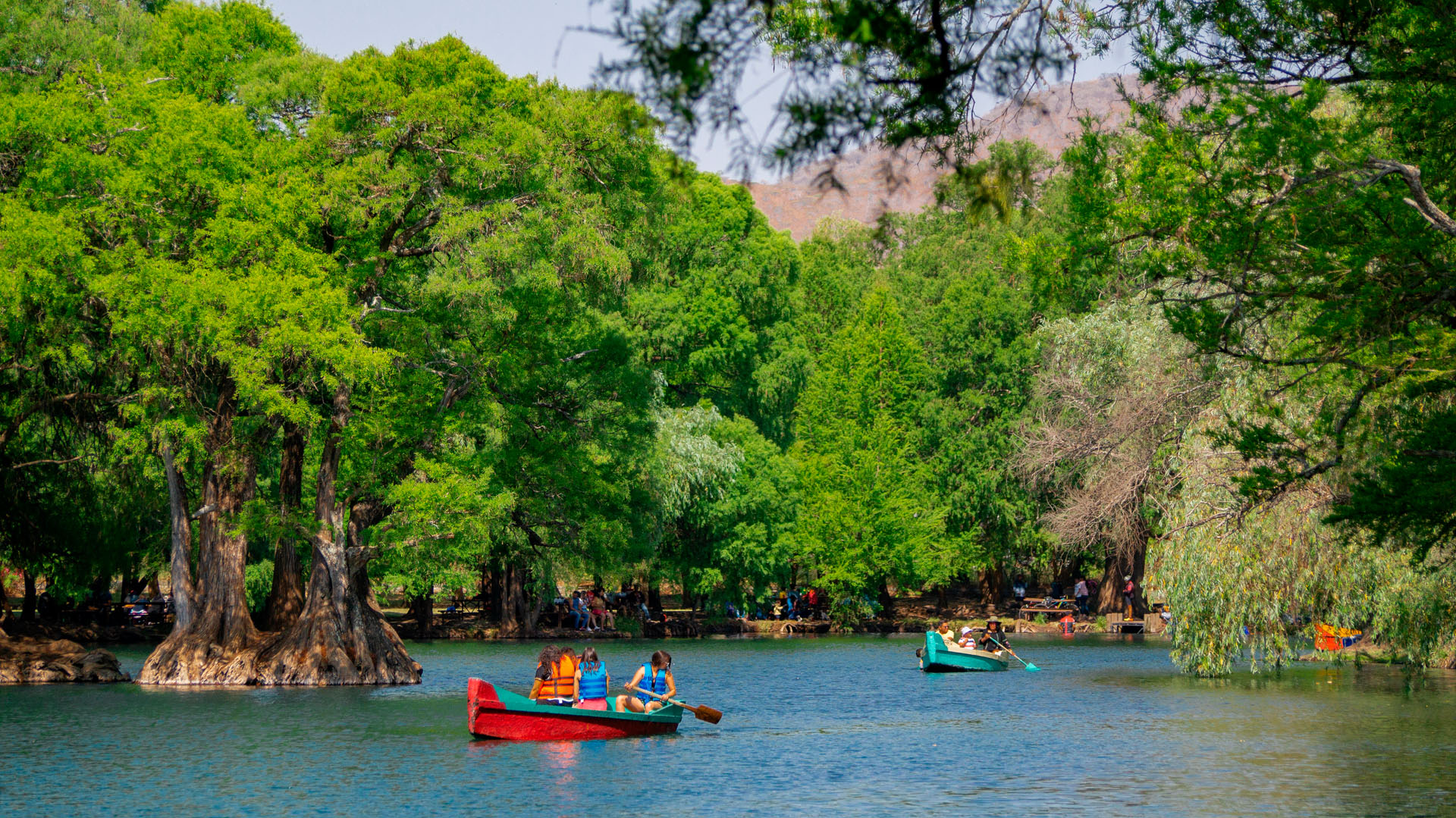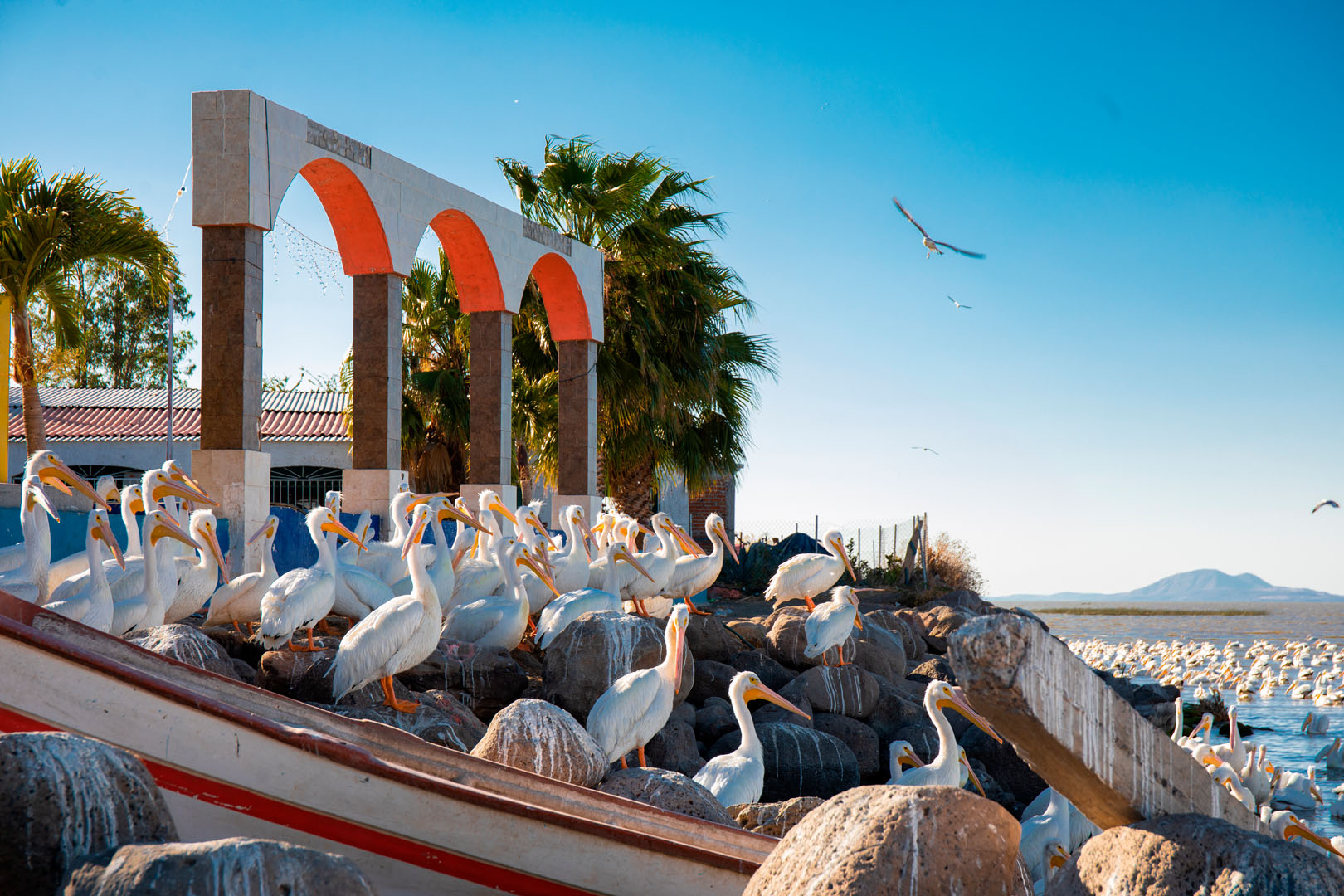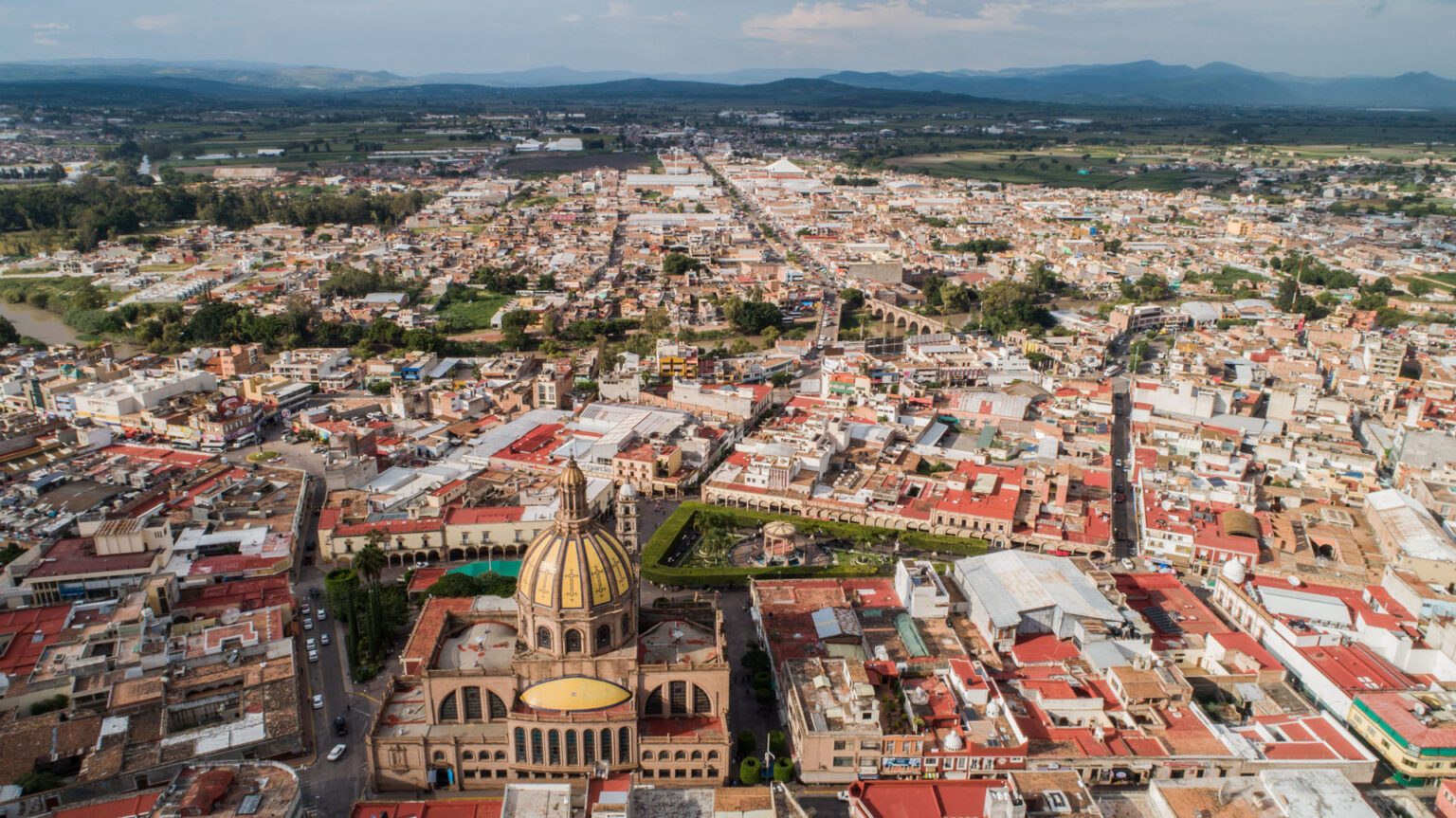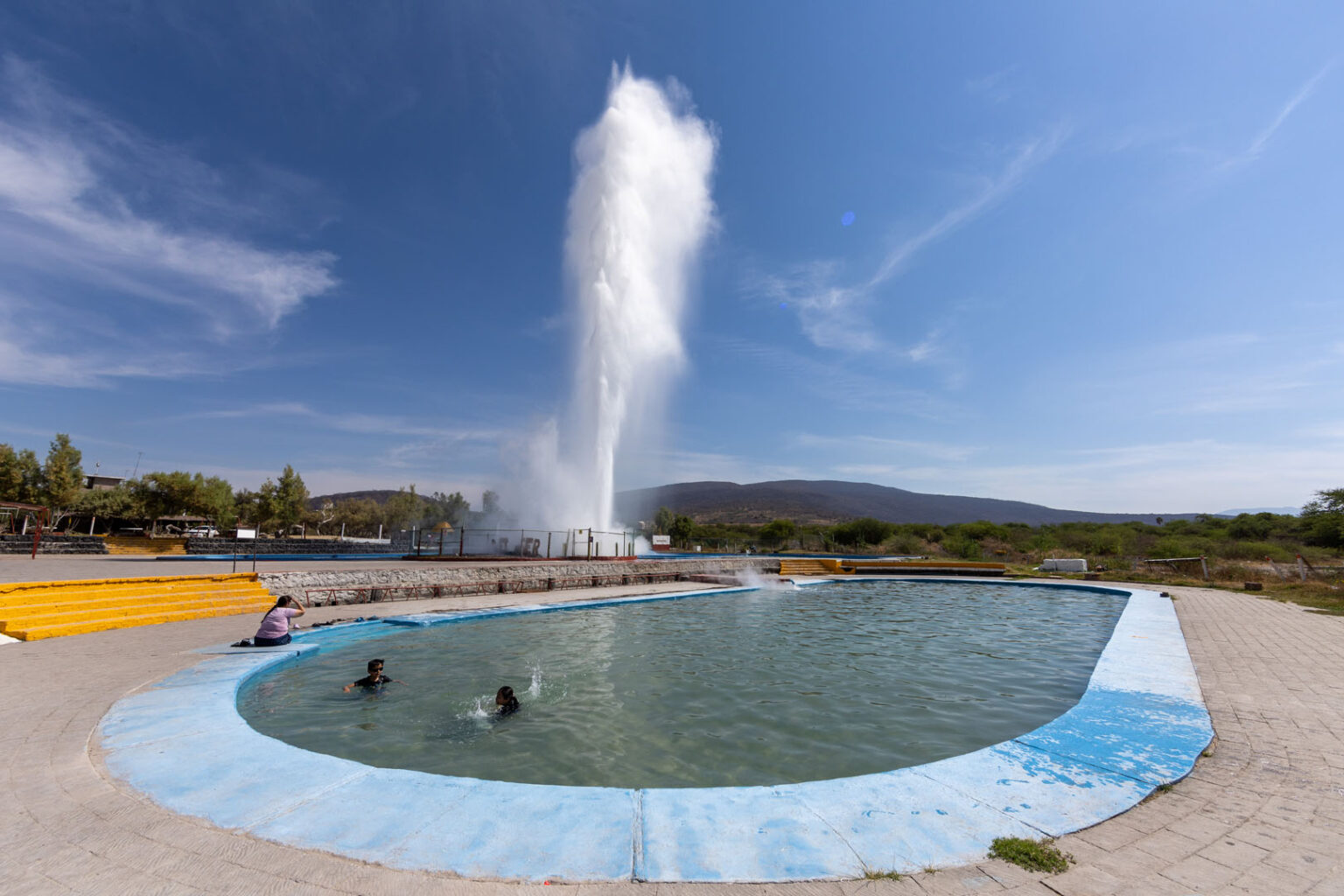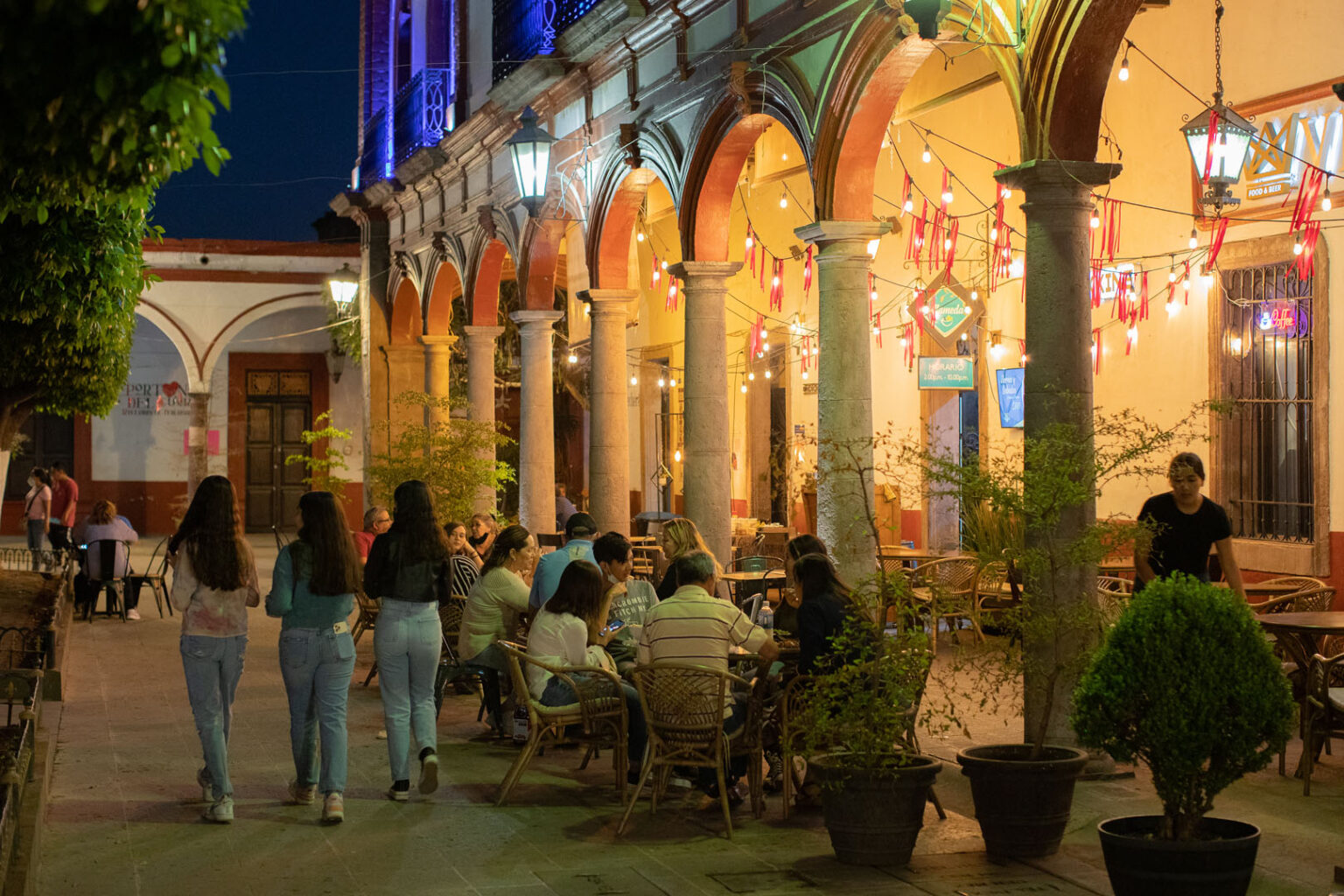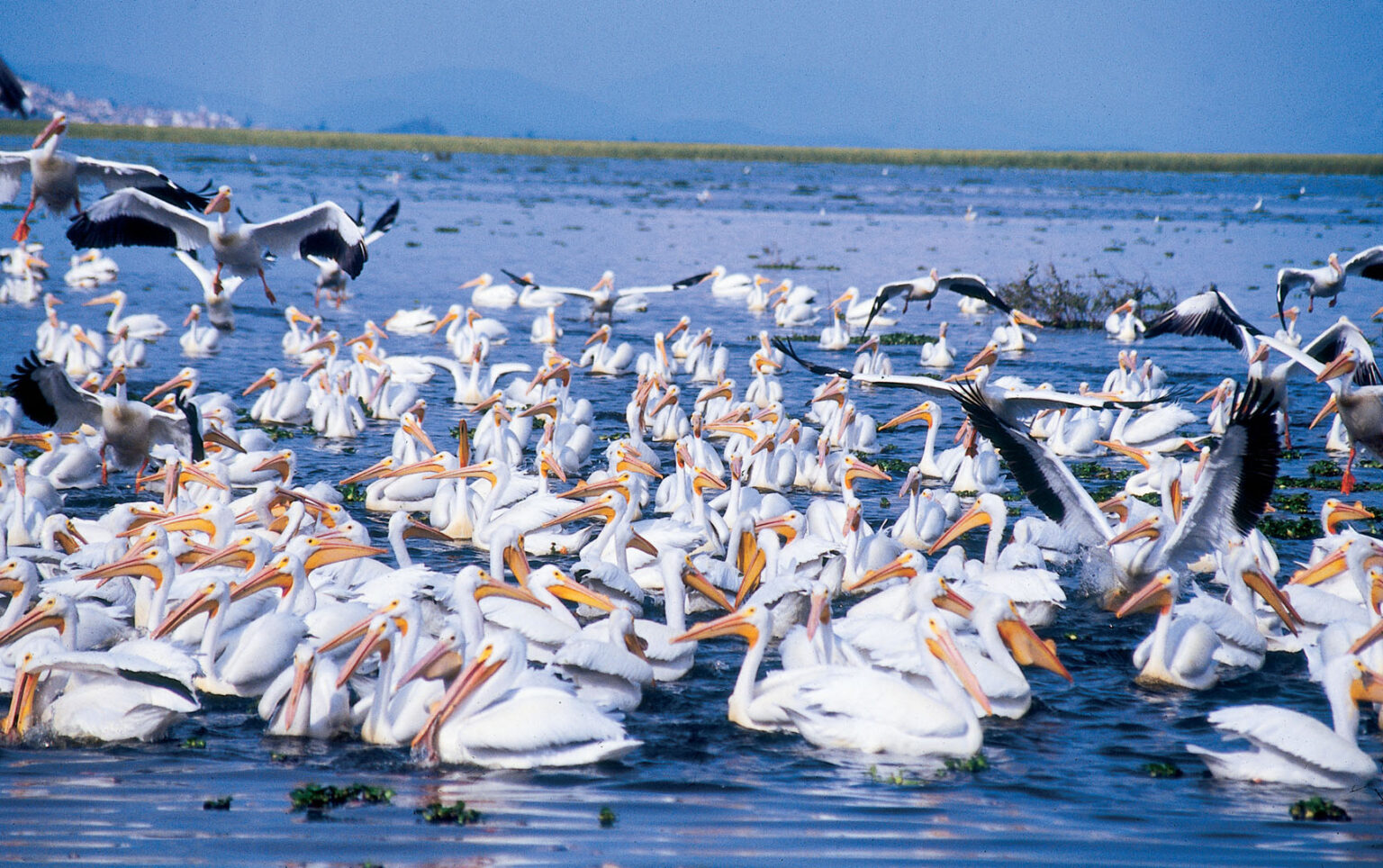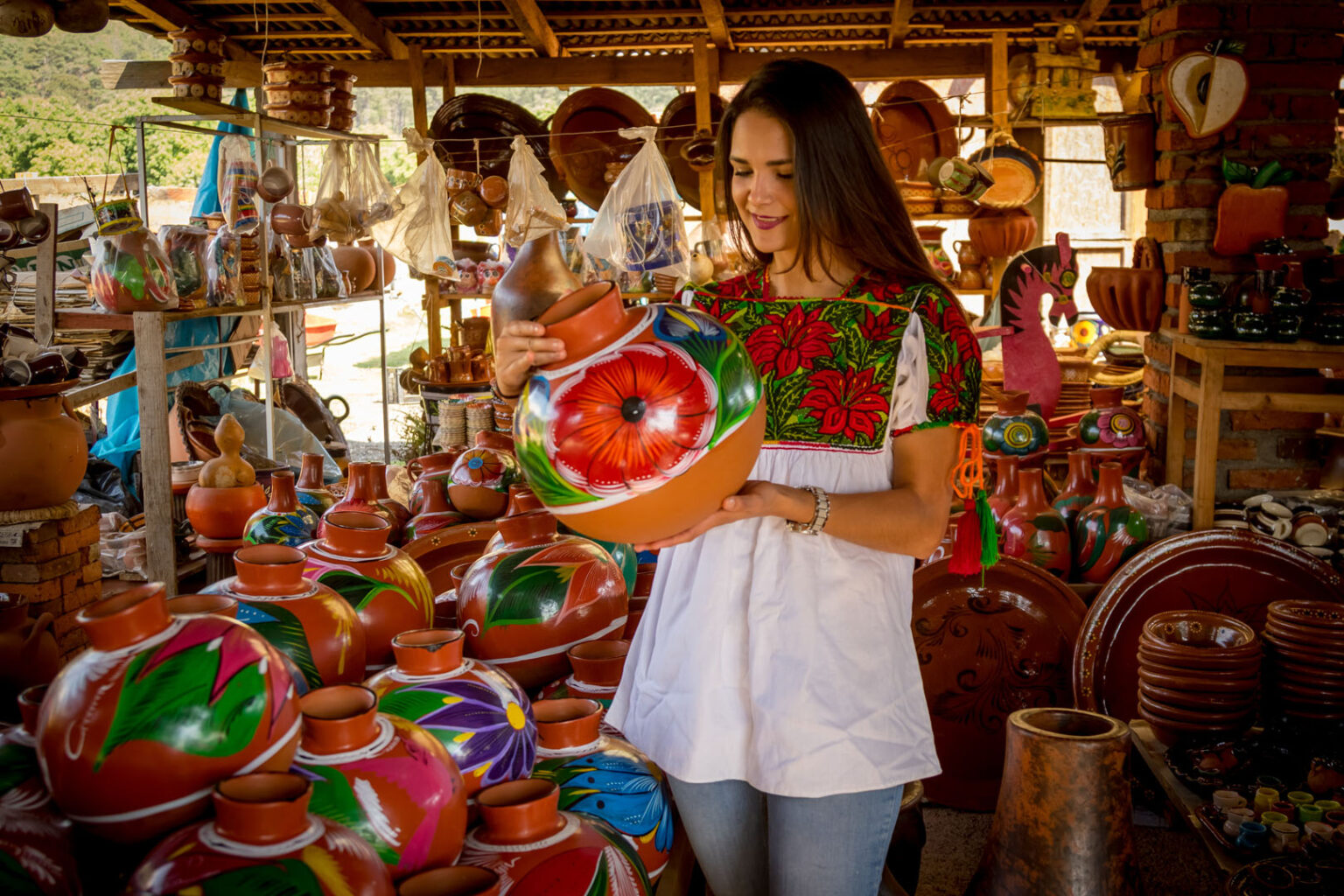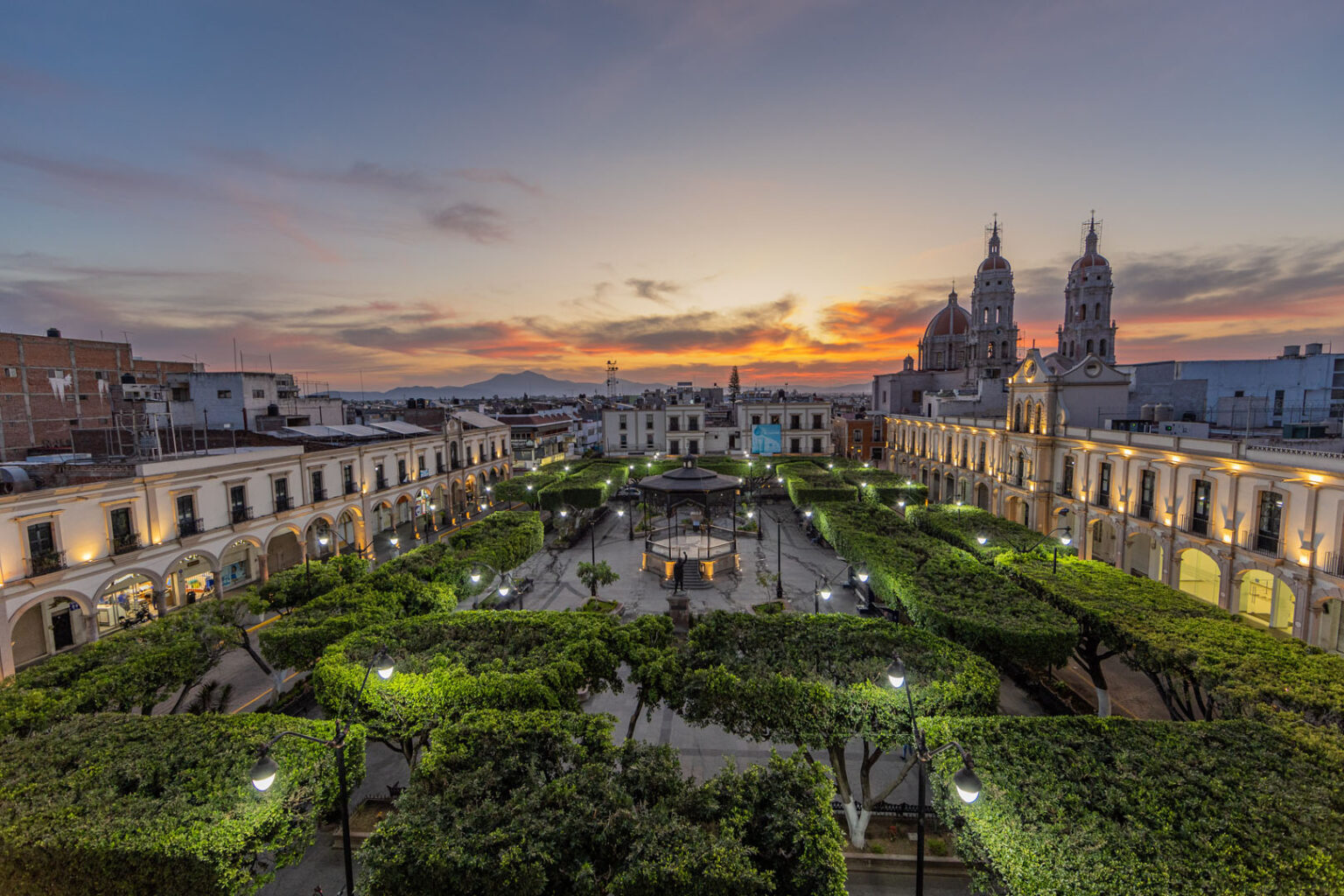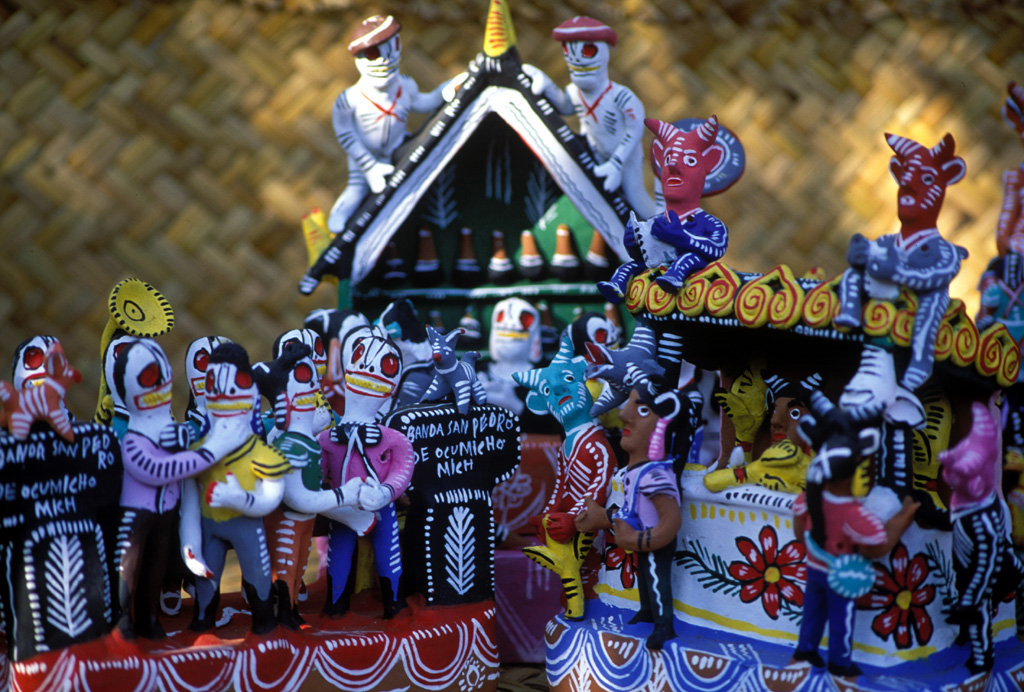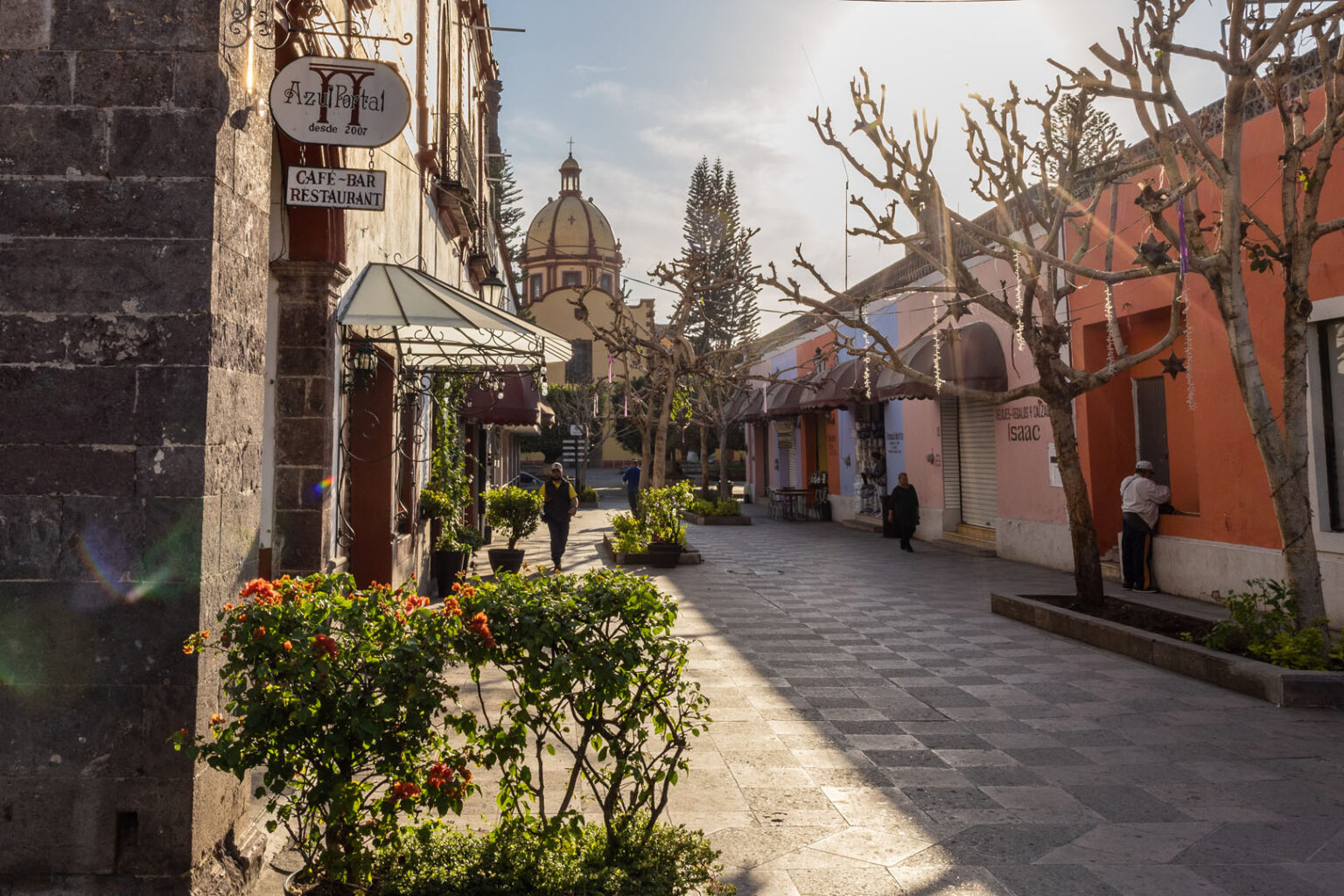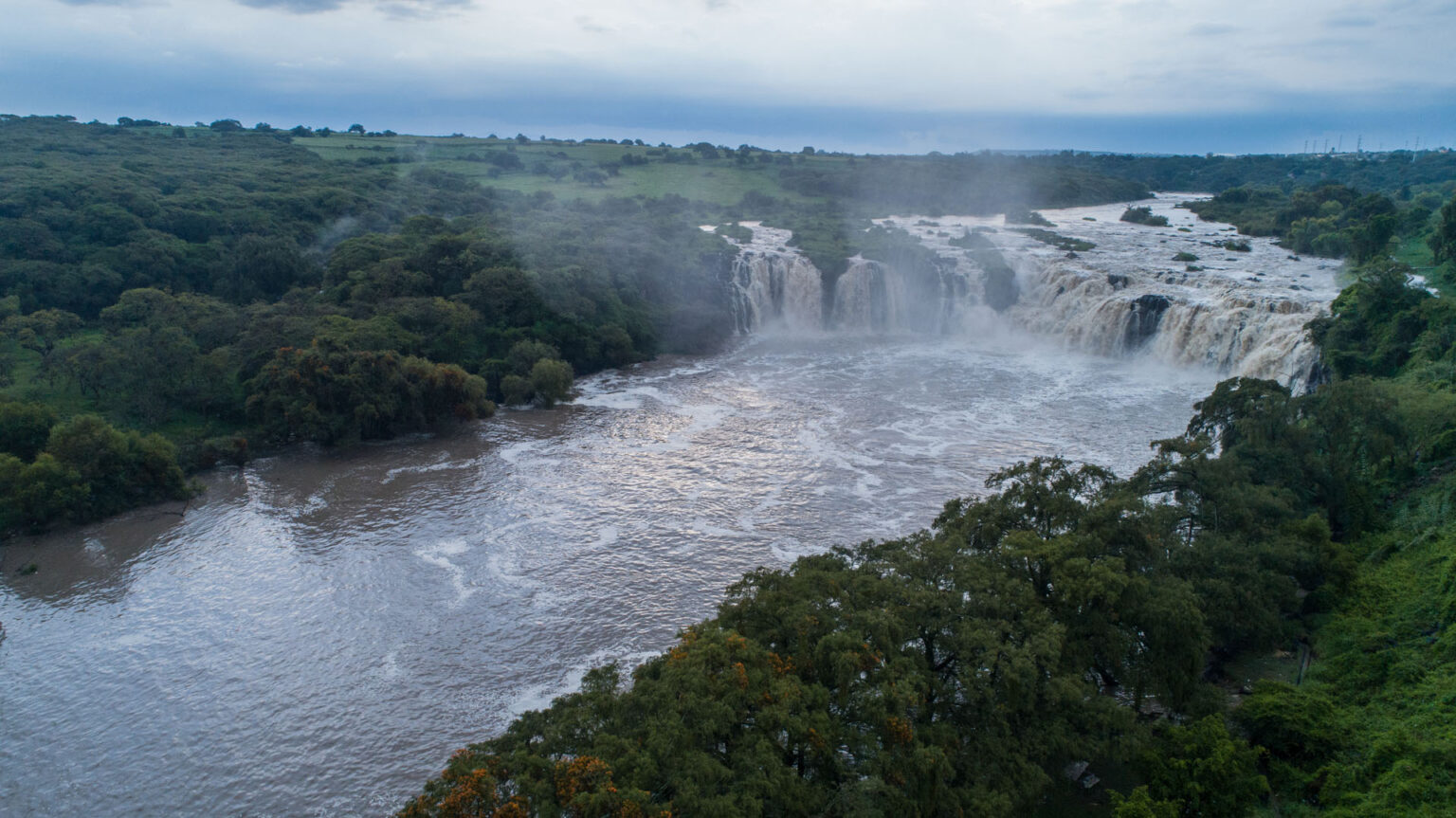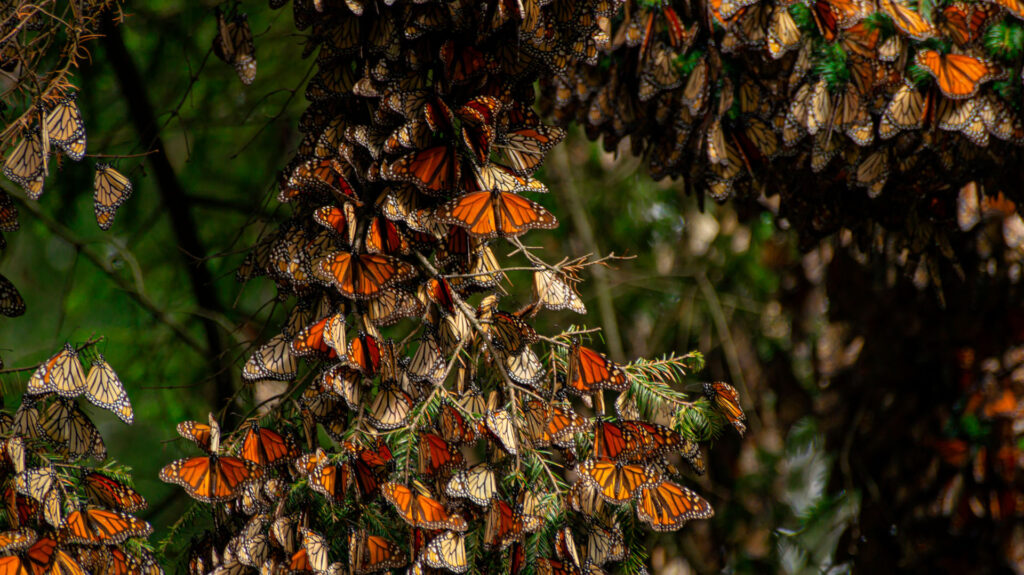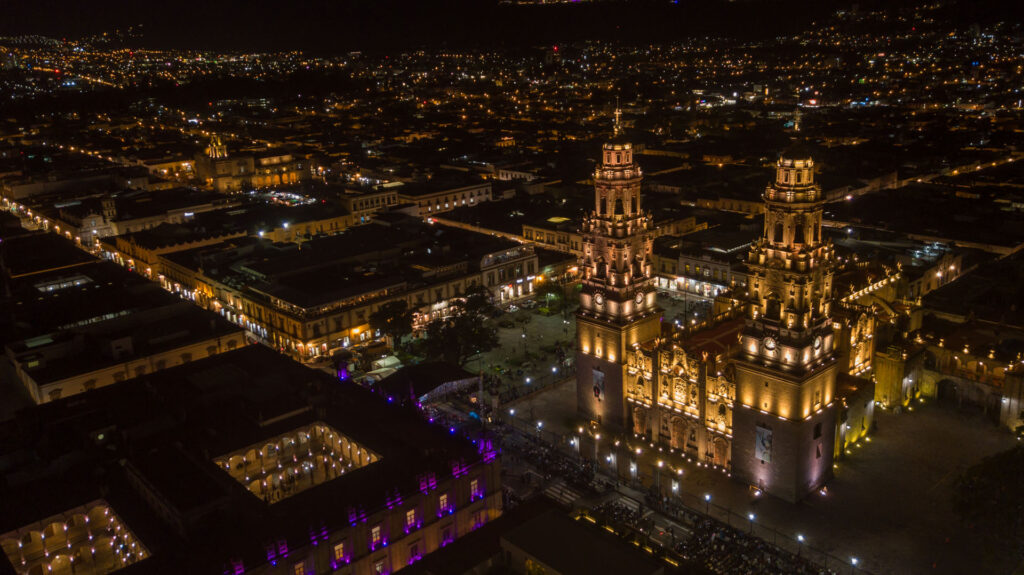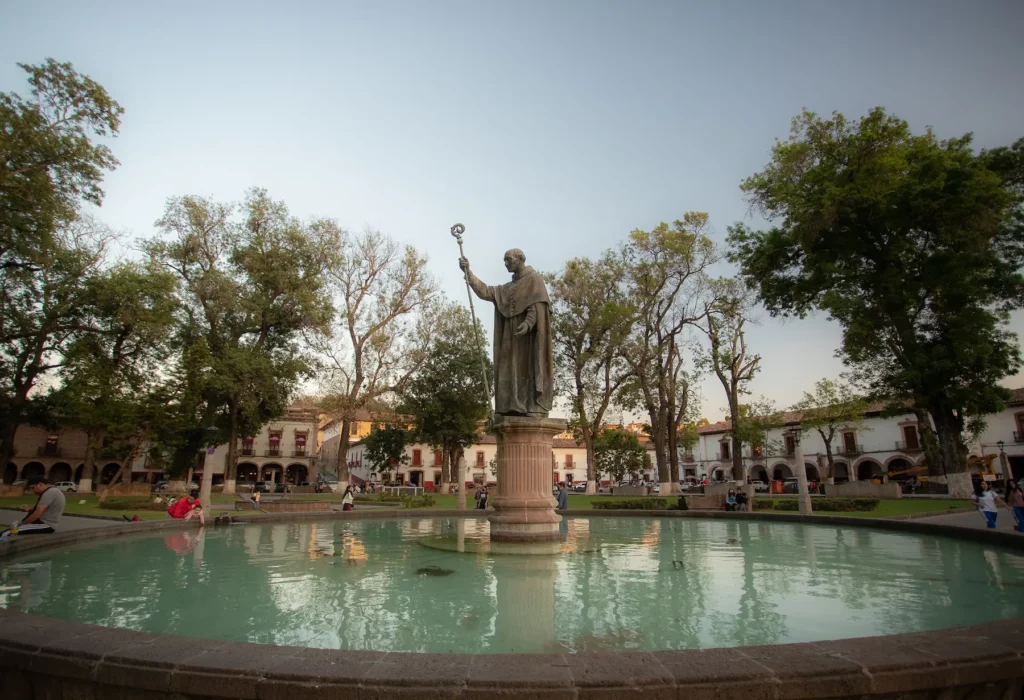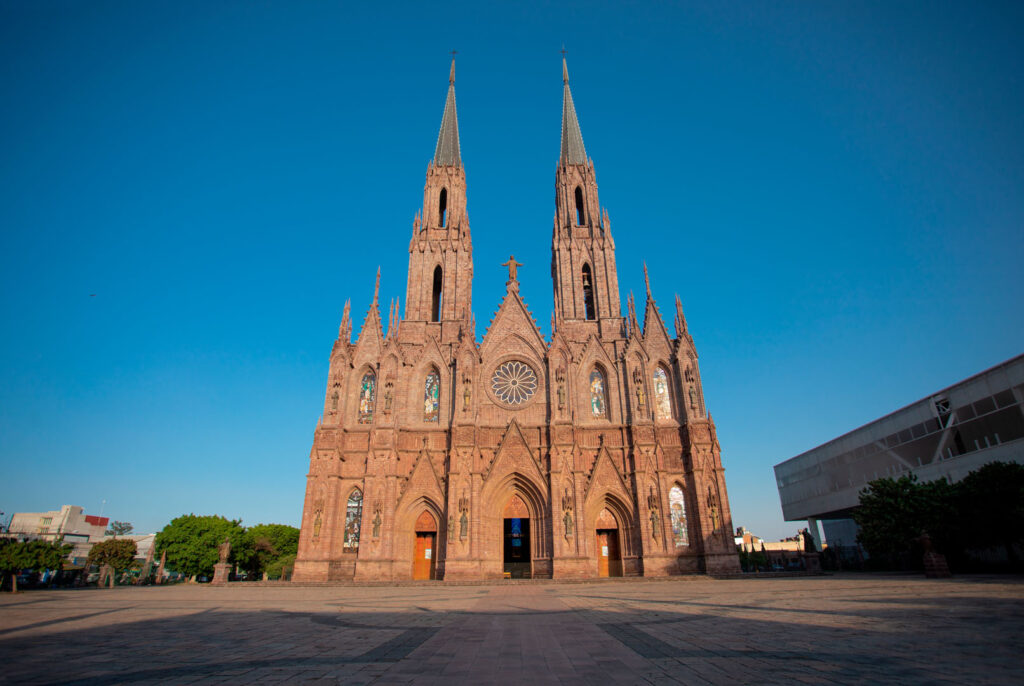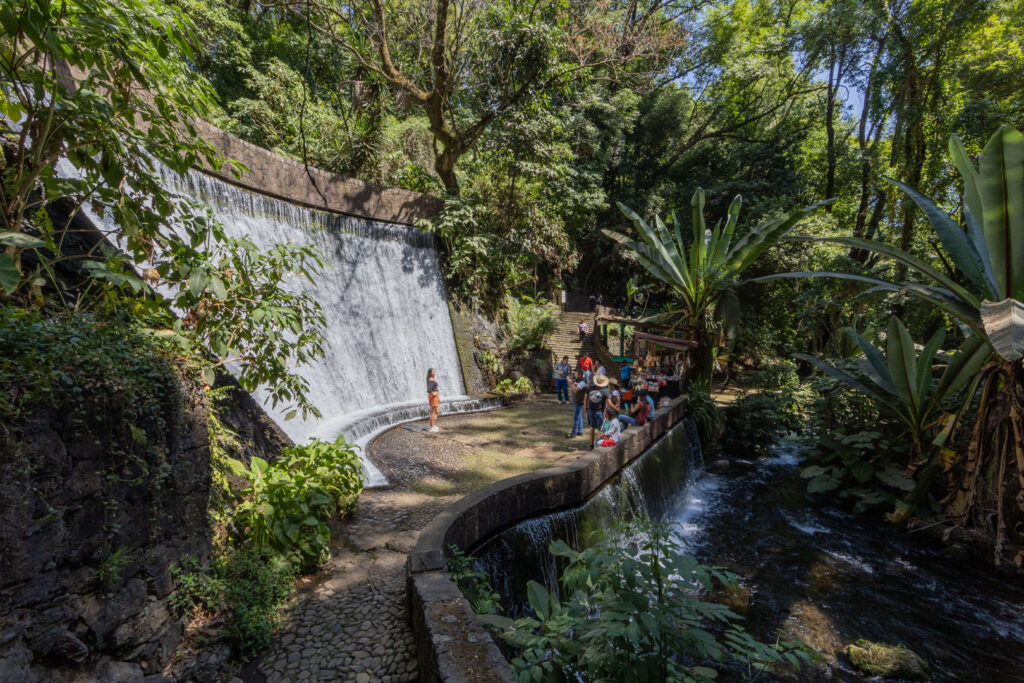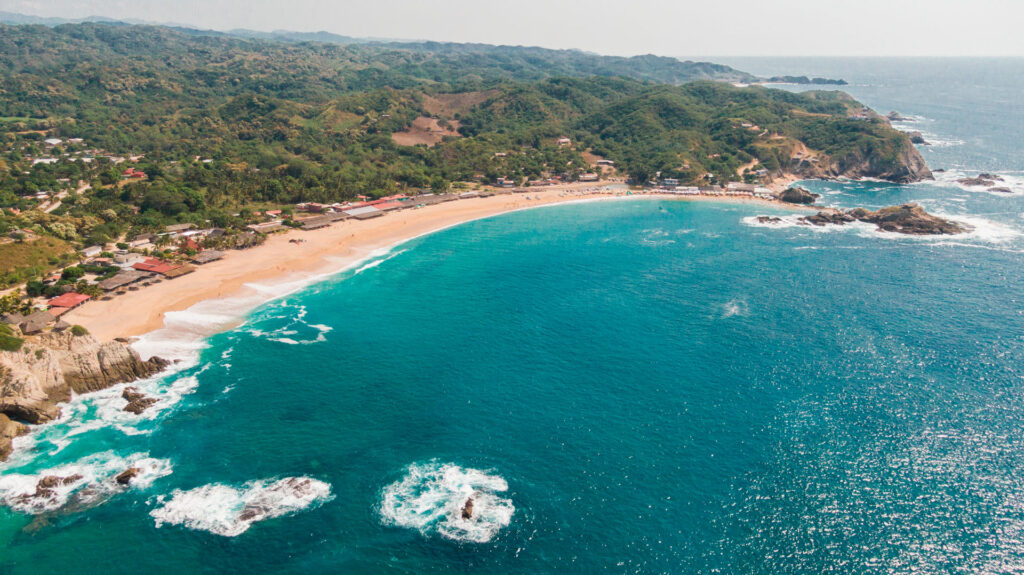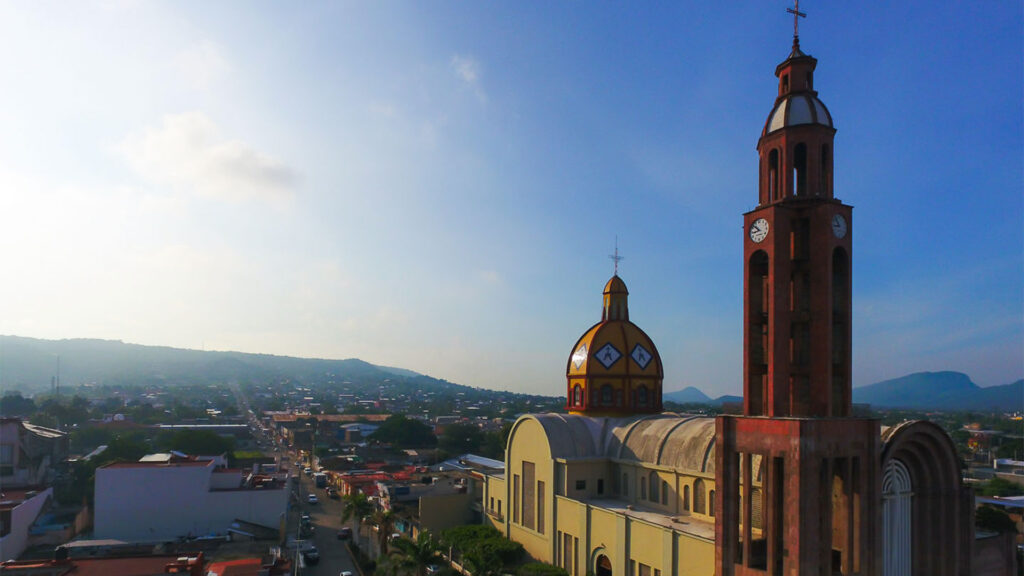Zamora Region
The northwestern region of Michoacán is synonymous with fertile lands, lakes and mountains.
Discover
The northwestern region of Michoacán is a paradise of fertile lands, impressive lakes and majestic mountains. At its heart is Zamora, a city that reached its splendor during the 20th century thanks to its economic and social development. Zamora is an architectural jewel that invites you to walk through its streets full of history, where the imposing Cathedral, built in the 19th century, and the Sanctuary of Guadalupe, a Gothic caprice whose towering towers dominate the city’s skyline, stand out. These buildings are not only symbols of Zamorano’s faith and culture, but also offer spectacular views and an immersion into the rich local history.
Just a few kilometers from the city, nature unfolds its splendor. Lake Camécuaro, with its crystalline waters and surrounded by ancient ahuehuetes, is a perfect refuge for those seeking a quiet outdoor getaway. This national park is ideal for enjoying a picnic day, swimming in its refreshing waters or simply relaxing under the shade of the centennial trees.
Lake Camécuaro, located near Zamora, is a site of great importance to the local indigenous communities. According to Purépecha legends, the lake is a sacred place and home to protective spirits. The ancient ahuehuetes surrounding the lake are considered sacred trees, and the lake itself is a place of purification and spiritual renewal. Today, it is a popular tourist destination, but remains a place of deep reverence for the indigenous communities.
We recommend you to visit
Diocesan Sanctuary of Our Lady of Guadalupe: This sanctuary, also known as the “Santuario Guadalupano”, is one of the most important religious buildings in Zamora. Its Neo-Gothic architecture, with tall towers dominating the skyline, makes it a landmark in the city. The sanctuary is a place of pilgrimage and prayer, but also a site of great tourist interest due to its history and architectural beauty. From its atrium, you can enjoy a panoramic view of Zamora.
Lake Camécuaro: A national park famous for its crystalline waters and its natural environment of centennial ahuehuetes. This lake is an ideal place to enjoy the tranquility and beauty of nature. You can take a canoe ride on its waters, walk along the trails that surround the lake or simply relax under the shade of the trees. It is a perfect destination for a picnic or an outdoor getaway.
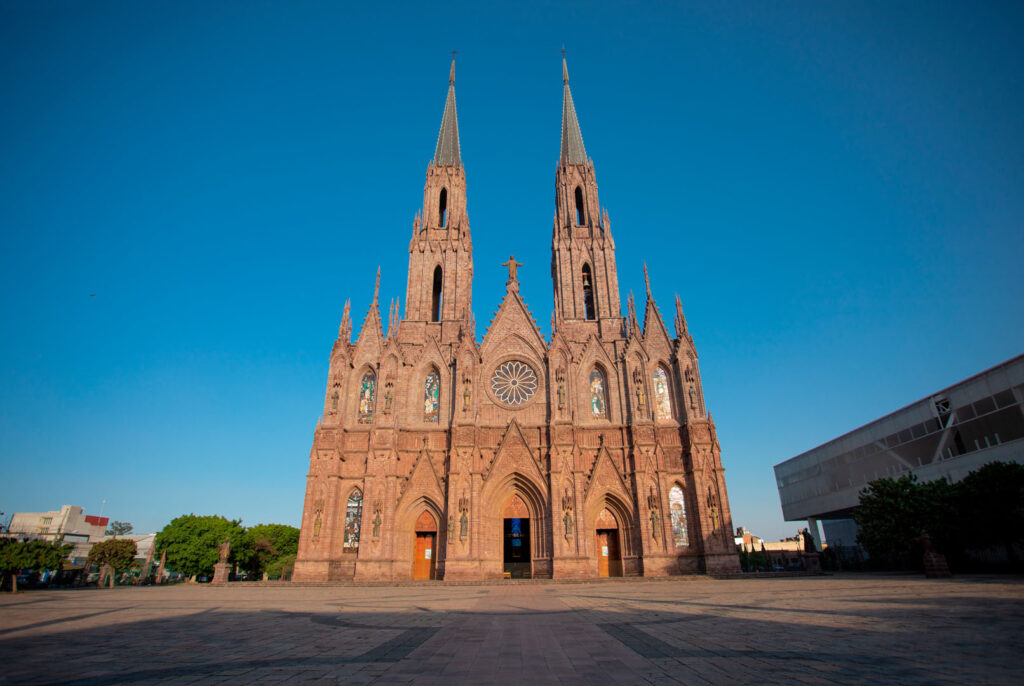
Pueblo Mágico de Jiquilpan de Juárez: A short distance from Zamora, Jiquilpan de Juárez invites you to discover its colonial charm. Known as the “city of jacarandas” because of the trees that adorn its streets, Jiquilpan is a place full of history and culture. Former President Lázaro Cárdenas del Río was born here, and you can visit his birthplace, now a museum, to learn more about his life and legacy. In addition, Jiquilpan has lively plazas, traditional markets and a vibrant art scene.
What you have to live
Marvel at the pelican migration in Petatán: During the winter, Lake Chapala becomes the temporary home of millions of pelicans migrating from the north. This natural spectacle is a unique experience for nature lovers and birdwatchers. From Zamora, you can organize an excursion to the lake to witness this phenomenon and enjoy the serenity of one of Mexico’s largest bodies of water.
A walk through the historic center of Zamora is an experience that transports you back in time. The cobblestone streets, colonial buildings and tranquil atmosphere invite you to discover the rich history of the city. During your walk, don’t miss the Main Square, a space where Zamoranos gather to enjoy their city. Here, you can watch the comings and goings of people, sit on a bench and enjoy the view of the Cathedral and other historic buildings.
Chongo Zamorano Festival: If you are lucky enough to visit Zamora during the Chongo Zamorano Festival, you can experience a celebration that pays homage to this delicious traditional dessert. During the festival, there are activities such as cooking contests, demonstrations of how this sweet is made, and tastings that will allow you to try different variations of the famous chongos. It is an opportunity to learn more about the local gastronomy and enjoy an event full of flavor and tradition.
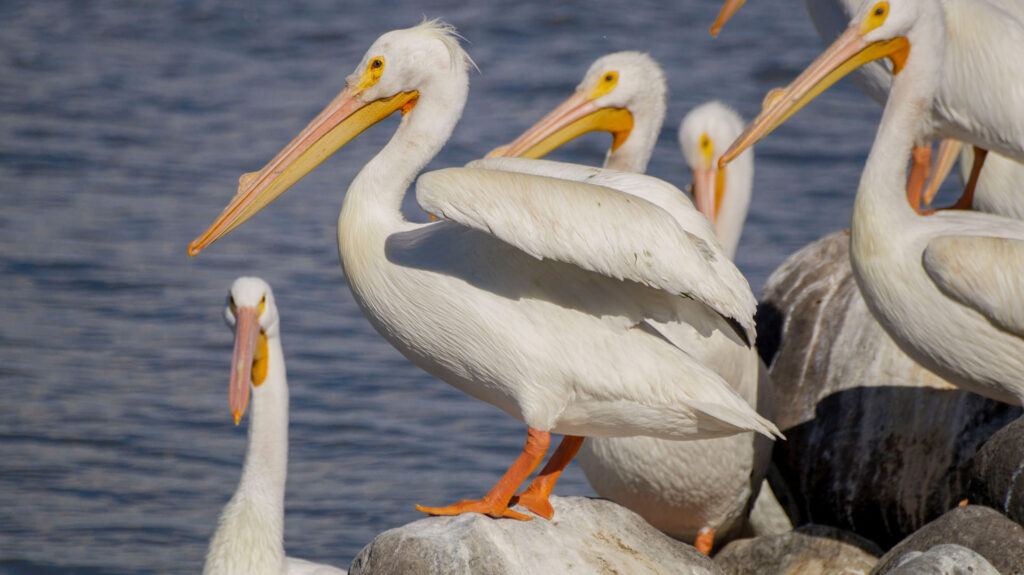
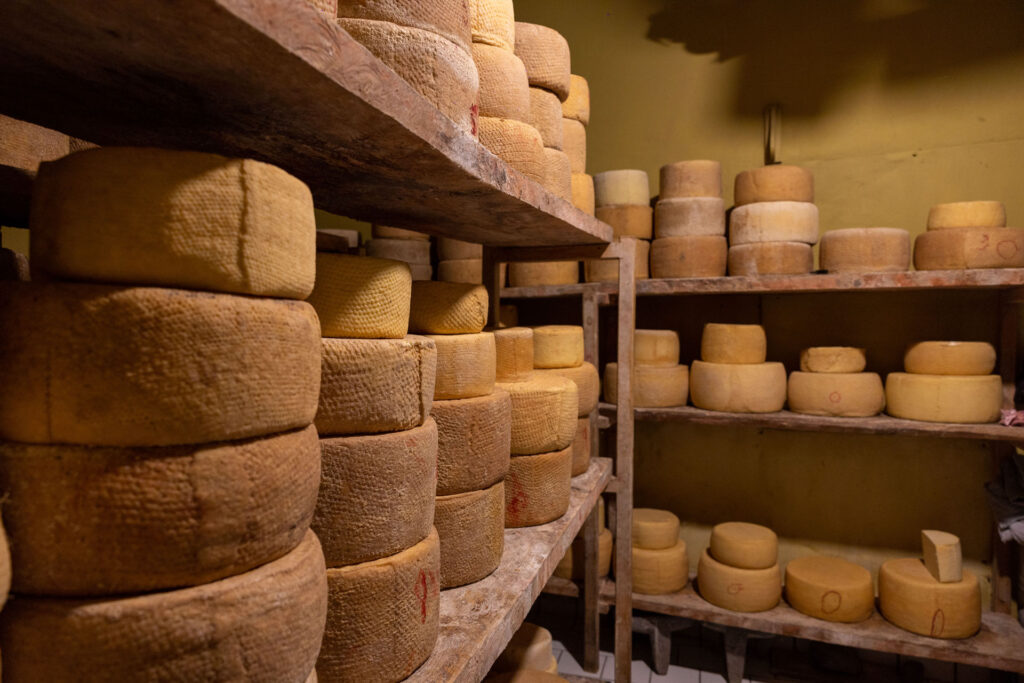
What you have to try
Cotija cheese is an essential ingredient in Zamora’s gastronomy. This cheese, with a strong, salty flavor, is used to complement a variety of dishes, from enchiladas to stews. It can be enjoyed fresh or aged, and is a perfect accompaniment to many of the region’s typical dishes.
Chongos Zamoranos: This dessert is undoubtedly the gastronomic emblem of Zamora. It is a sweet made of curdled milk and sugar, with a soft texture and a sweet and delicate flavor. They are the result of a traditional recipe that has passed from generation to generation, and are a delight that you can not miss. Chongos are served cold and are ideal to accompany a coffee or enjoy as a dessert at any time of the day.
Uchepos: are tamales made of tender corn, known for their soft texture and slightly sweet flavor. In Zamora, they are served with cream, fresh cheese and salsa, which gives them a delicious contrast between sweet and salty. They are a versatile dish that is enjoyed both at breakfast and dinner, and represent one of the region’s most beloved culinary specialties.
Corundas: are triangular tamales made with corn dough, wrapped in milpa or corn husks. In Zamora, they are served with cream, cheese and red sauce, which gives them a rich and unique flavor. Corundas are a dish that reflects the rich culinary tradition of the P’urhépecha region, and are a delicacy not to be missed.
In every corner of the Zamora region, from its mountains to its lakes, from its cobblestone streets to its colorful markets, you will find something that will connect you more deeply with the essence of Michoacán. Each visit is an opportunity to discover new aspects of this land rich in culture, history and flavor, and to take away memories that will stay with you long after you’ve returned home.
Zamora Region
This region includes the municipalities of:
- Briseñas
- Chavinda
- Chilchota
- Churintzio
- Cotija
- Ecuandureo
- Ixtlan
- Jacona
- Jiquilpan
- La Piedad
- Marcos Castellanos
- Numaran
- Pajacuarán
- Panindícuaro
- Penjamillo
- Purépero
- Régules
- Sahuayo
- Tancítaro
- Tangamandapio
- Tangancícuaro
- Tlazazalca
- Tocumbo
- Tingüindín
- Vista Hermosa
- Venustiano Carranza
- Villamar
- Yurécuaro
- Zamora
- Zináparo
